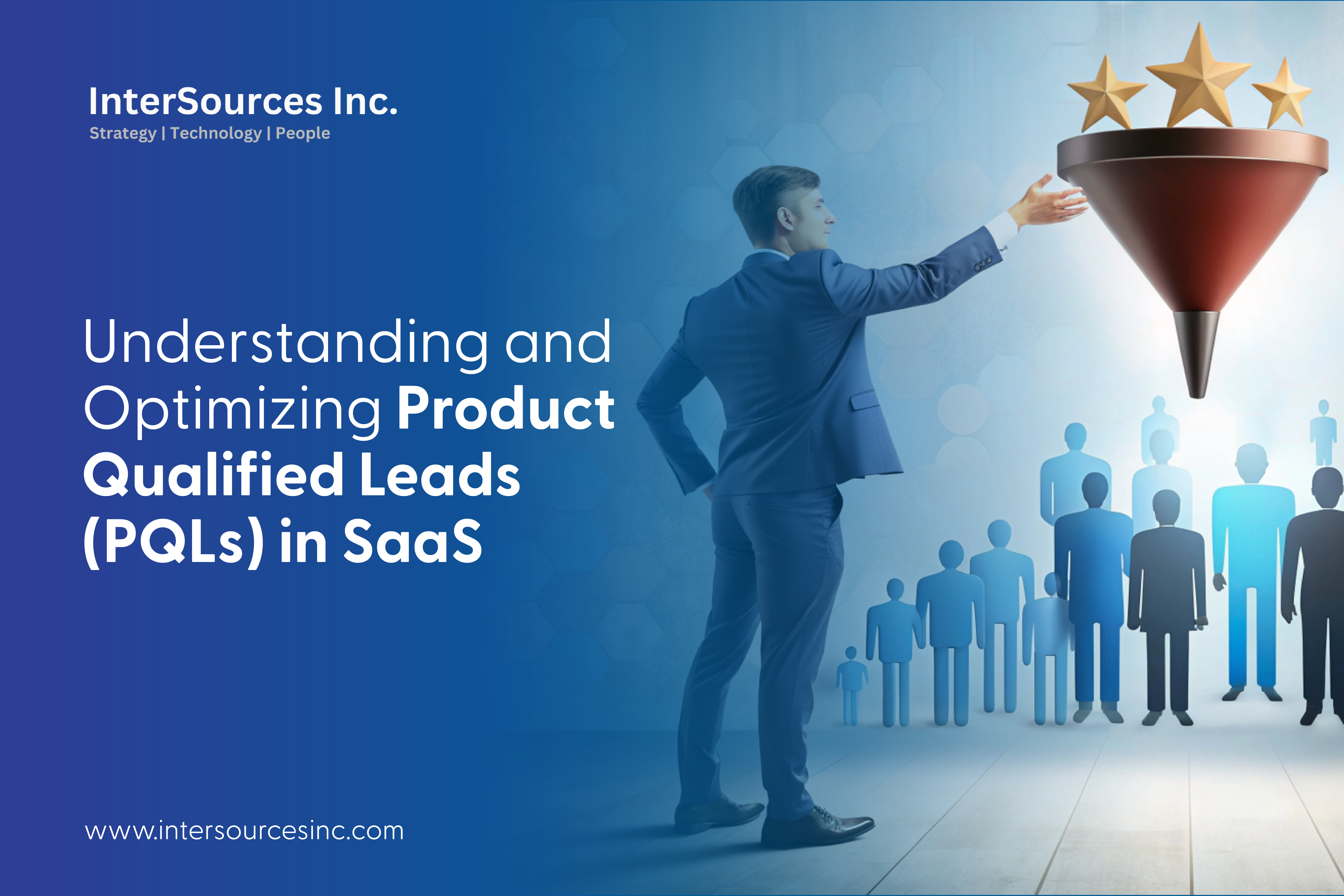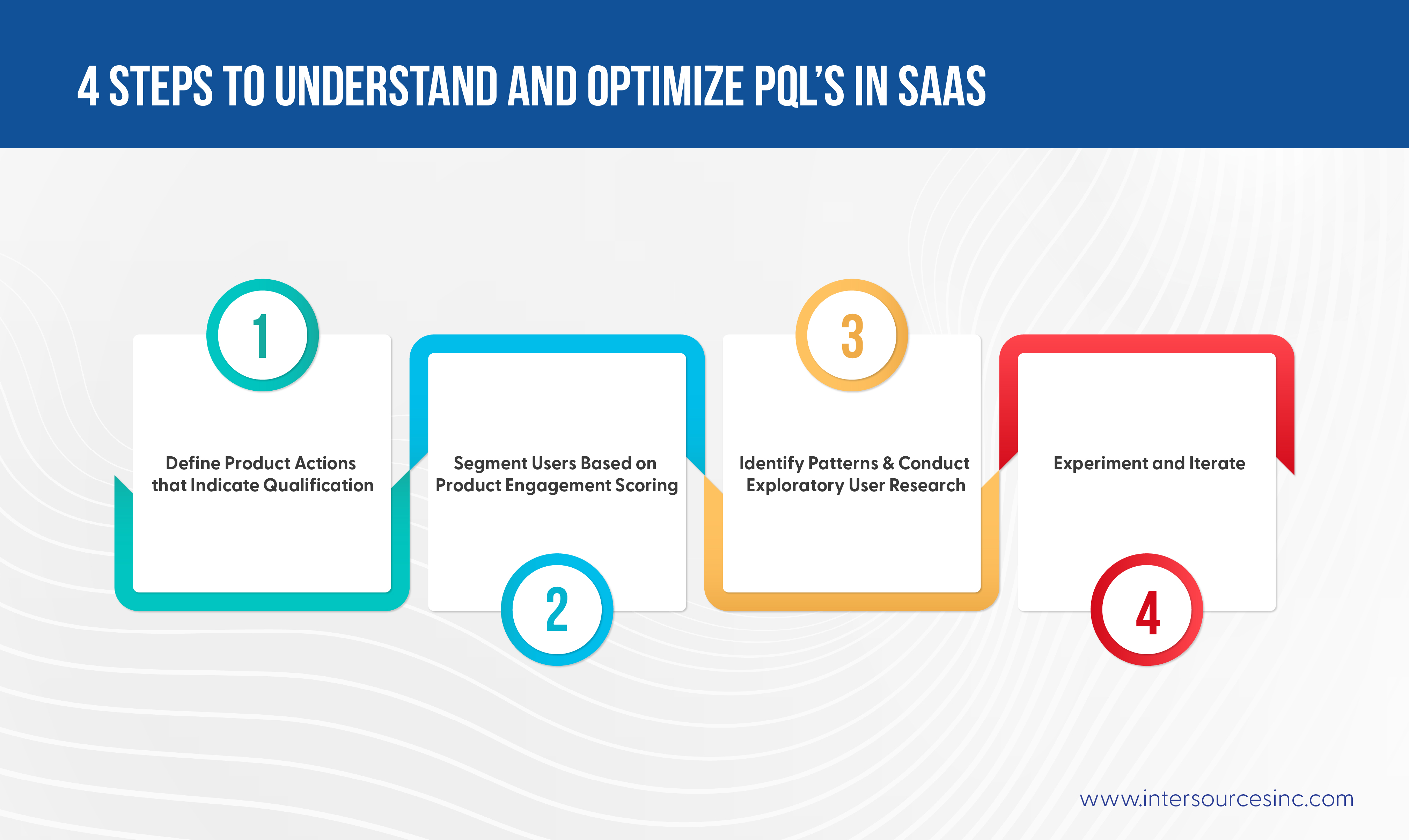← All Blogs

Understanding and Optimizing Product Qualified Leads (PQLs) in SaaS
The concept of Product Qualified Leads (PQLs) is not new to the tech and SaaS industry. Introduced in January 2013 by venture capitalist Tomasz Tunguz, now a managing director at Redpoint, PQLs are defined as:
“Potential customers who have used a product and reached pre-defined triggers that signify a strong likelihood to become a paying customer.”
Since then, the term has evolved, with various tech leaders and companies refining the definition and explaining the critical role PQLs play in today’s fast-growing businesses. PQLs are distinct from Marketing Qualified Leads (MQLs) and Sales Qualified Leads (SQLs), often leading to the misconception that PQLs are inherently superior. In reality, they serve a different purpose—specifically, measuring product growth.
In this article, we’ll explore a simple 4-step process to optimize PQLs for your tech or SaaS company. If your goal is to build a product-led organization that leverages PQLs to track product growth, this process will guide you.
Step 1: Define Product Actions that Indicate Qualification
PQLs rely on in-product insights to predict when a lead is ready to commit, often after a trial or within a promotional period. Yet, a 2019 survey of over 500 SaaS founders revealed that only 25% of companies actively track PQLs.
By measuring PQLs, you can pinpoint users exhibiting bottom-of-the-funnel behaviors, signaling that they are deriving value from the product and are poised to become paying customers. However, the specific criteria for PQLs vary between companies. According to Sherlock, a product engagement platform, successful product qualification in SaaS involves two key components:
Activation: Has the account been set up? Has the user achieved the first significant outcome?
Engagement: Is the user actively engaged during the free trial? Which features are they frequently using, and what actions are they taking?
Defining these activation and engagement criteria is crucial for identifying PQLs. Let’s look at examples from existing SaaS companies to see how they define product qualification.
Airtable: This freemium product-led company allows teams to create customizable databases that function like spreadsheets. To identify PQLs, Airtable might look at users who have created more than five databases and invited at least ten others to join. These actions suggest that the user is finding value in the product and is likely to convert to a paying customer.
Expensify: This receipt and expense management tool also adopts a product-led approach, offering free trials across its pricing plans. A possible indicator of product qualification for Expensify might be when a user sends more than five invoices in a month, correlating directly with the product’s value to the user.
To determine these benchmarks for your product, monitor user behavior before and after they become PQLs. Identify which measurable product actions (e.g., creating databases or sending invoices) increase the likelihood of a user sticking with the product.
Step 2: Segment Users Based on Product Engagement Scoring
The Product-Led Growth Flywheel, developed by Appcues, segments users into four categories based on product engagement and usage:
Evaluators: Users exploring features as potential solutions.
Beginners: Users who understand your product’s value and are increasingly engaged.
Regulars: Users proficient with core features, seeking to expand usage.
Champions: Users deeply invested in your product and likely to recommend it.
Segmenting users according to these categories, based on product qualification indicators, allows you to tailor strategies for product, marketing, sales, and operations decisions. For example:
Bonjoro: This SaaS company reduced churn by 60% by focusing on PQLs, segmenting users based on the number of videos created weekly. This segmentation was crucial in identifying patterns and improving user engagement and retention.
By segmenting users based on their behavior, you can better understand who is likely to convert to a paying customer and develop strategies to increase conversion rates, reduce churn, and enhance product engagement.

Step 3: Identify Patterns & Conduct Exploratory User Research
In this step, examine whether patterns emerge from your segmentation efforts. These insights can help optimize your performance across the customer lifecycle, from acquisition to retention.
For example, if Category 1 users have the highest Lifetime Value (LTV) and lowest churn rates, focus your marketing and sales efforts on acquiring more users from this category. Understanding and leveraging these patterns can significantly impact your business.
Consider the case of Typeform, which segmented users based on product engagement and churn. This approach helped the company identify that users who stayed for around 8-9 months were unlikely to churn, leading to more accurate churn metrics and optimized acquisition efforts.
To uncover such patterns, engage in exploratory research by talking directly to your customers. According to a 2018 survey by Pragmatic Institute, product managers spend only 8.5 hours per month talking to users—significantly less than the time spent on emails, meetings, and team support. Increasing direct communication with users can help product teams better understand their needs and refine their strategies.
Step 4: Experiment and Iterate
The final step is to experiment with various strategies to enhance product engagement, activation, and adoption. Establish benchmarks and iterate based on these metrics.
For instance, Slack identified that teams exchanging 2,000 messages were highly likely to continue using the product. This benchmark allowed Slack to focus on encouraging users to reach this milestone, significantly impacting long-term retention.
Similarly, you should experiment on marketing and sales levels, aligning your teams under shared goals. Companies with growth teams are 2.6 times more likely to run experiments and 50% more likely to define user activation clearly. These experiments can have a tangible impact on user behavior and overall company performance.
Final Thoughts
Incorporating PQLs into your growth strategy can transform your SaaS company’s entire funnel, from activation to adoption. However, PQLs may not be suitable for every business model—particularly for SaaS companies targeting enterprises, where longer trial periods and complex decision-making processes can make PQL tracking less relevant.
For most SaaS companies, though, PQLs are a powerful tool for measuring key product-level actions. By following this 4-step process, you can begin optimizing PQLs for your own SaaS business, driving growth and improving overall performance.
